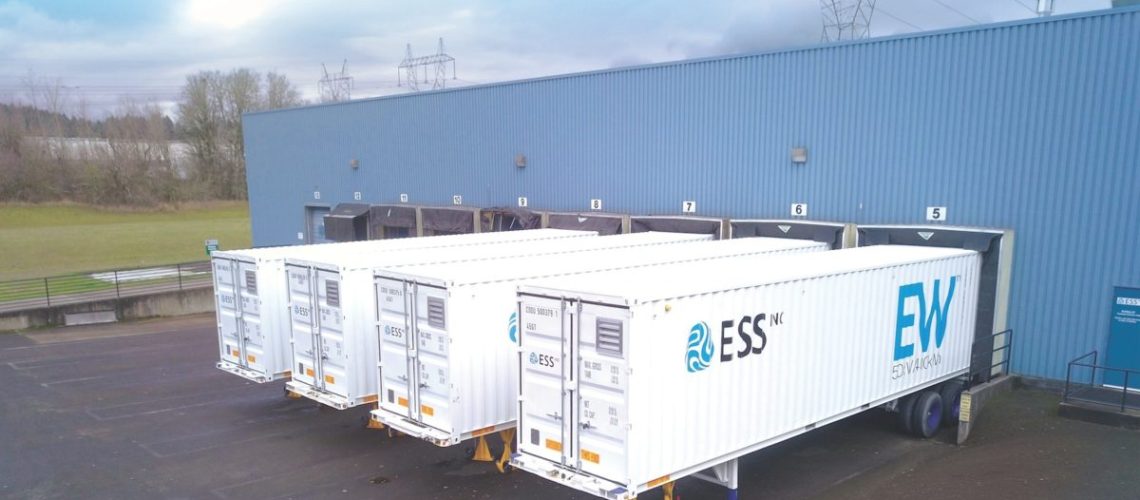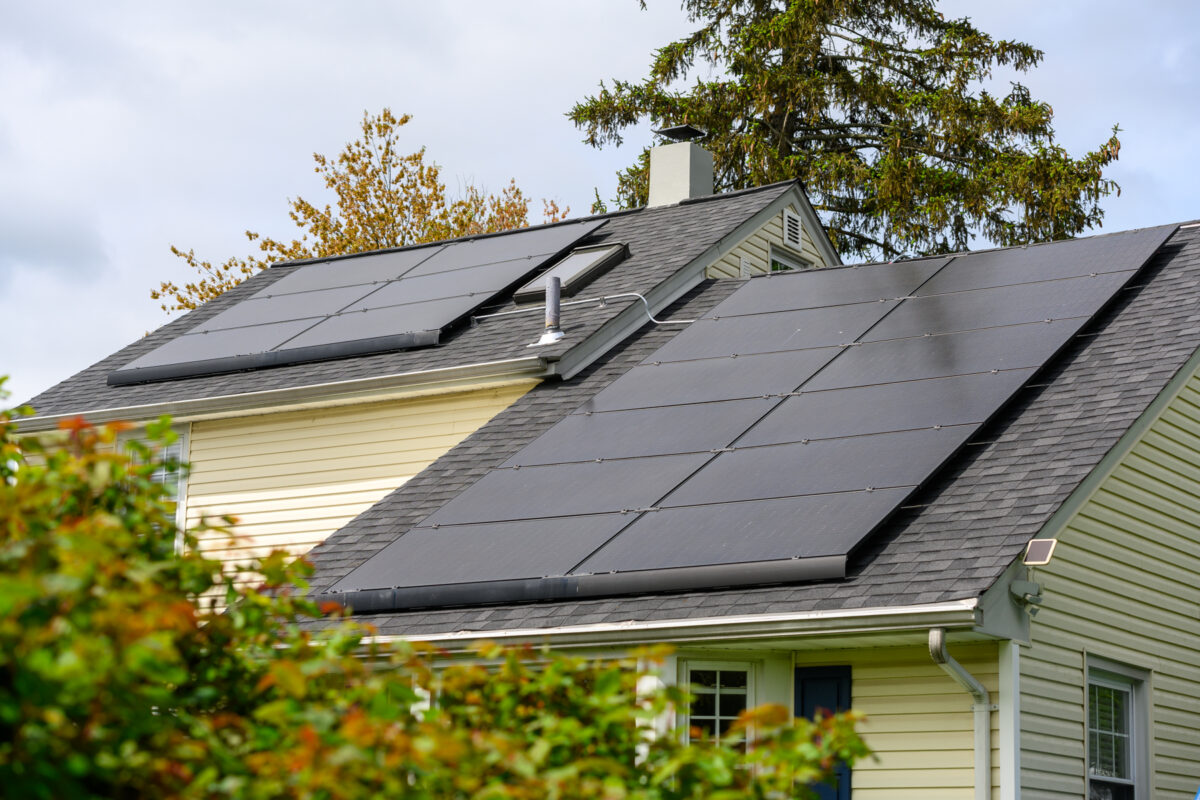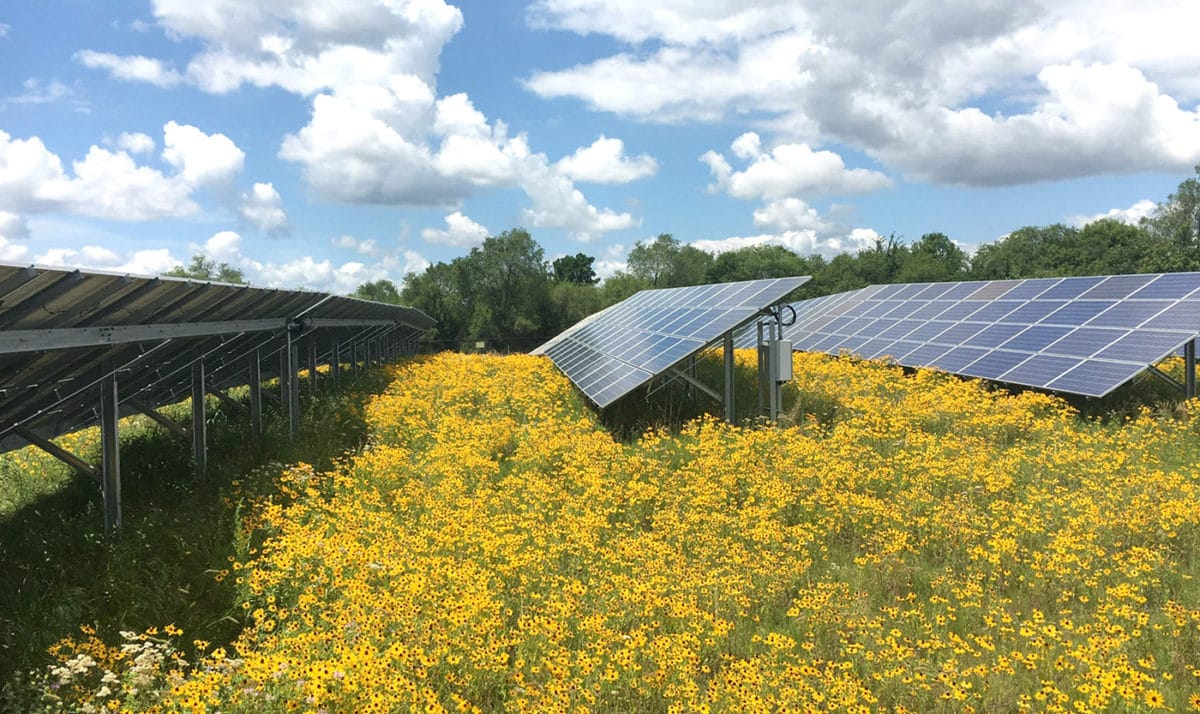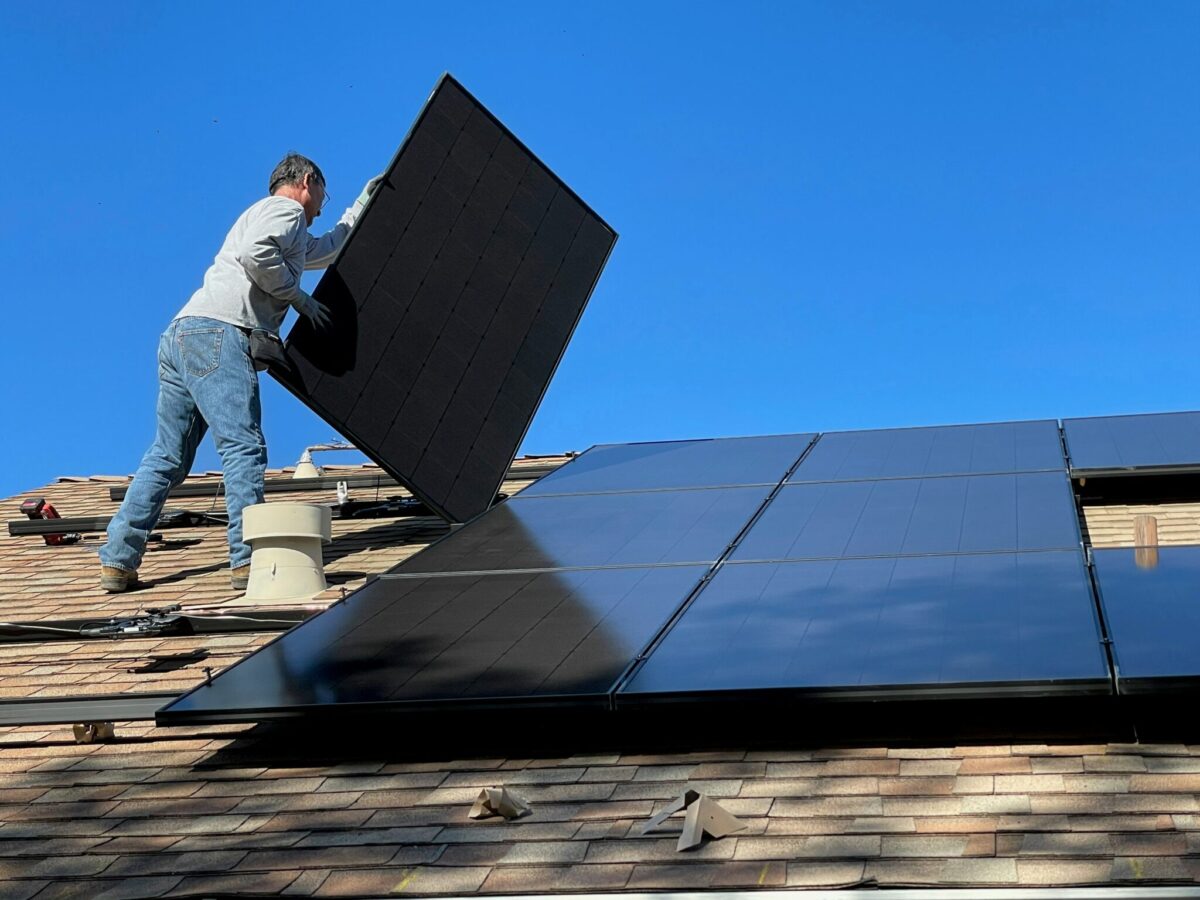The microgrid helps the utility achieve goals laid out in the Michigan Department of Environment’s Energy Storage Roadmap to spur installation of 1 GW of energy storage projects by 2025 and 4 GW by 2040.
Energy Storage Systems Inc. (ESS), a manufacturer of iron flow batteries, was retained by the Michigan utility Consumers Energy to supply batteries to a solar-plus-energy storage microgrid project powering a gas compression facility.
Consumers Energy will deploy the company’s Energy Warehouse solution to deliver a 20-plus- year long-duration energy system. The project is intended to help the utility achieve goals laid out in the Michigan Department of Environment’s Energy Storage Roadmap, which aims to see the installation of 1 GW of energy storage projects by 2025 and 4 GW by 2040.
Using abundant iron, salt and water resources in its electrolyte, the ESS Energy Warehouse is an environmentally safe long-duration storage solution that is suited for daily time-shifting renewable energy. In this instance, the Energy Warehouse manages the gas compression facility’s daily demand charges and balances the intermittency of renewables on a constrained grid.
“ESS is proud to provide our safe and non-toxic battery storage system to a leading utility provider in the Midwest serving millions of customers,” said Hugh McDermott, senior vice president of business development and sales at ESS.
In a recent interview with pv magazine USA at the RE+ conference, McDermott said the long-duration energy storage market is ripe to expand its manufacturing base in various markets such as Florida, North Carolina, Virginia, and California.
In the U.S., ESS is seeking to expand its manufacturing to 25 MW per year by the end of 2022, and to over 100 MW by the end of 2023, while the company is also flexing to produce 400 MW per year in Australia.
ESS aspires to produce at 750 MW per year, which was mentioned on the company’s Q2 22 earnings call. The company sees demand reaching far beyond 1 GW per year of manufacturing capacity. The Long Duration Energy Storage Council issued a report suggesting that under the right conditions, 1.5 to 2 TW/85 to 140 TWh of long duration batteries could be deployed by 2040.
Consumers Energy’s parent company CMS Energy published a 2022 ESG and sustainability report following a 2021 IRP that calls for a 60% reduction in CO2 emissions from its utilities’ service territory by 2025, including the retirement of its 1.88 GW coal generation fleet by 2025, and the installation of 8 GW of new solar capacity by 2040 to drive $650 million in customer savings to ratepayers. In that timeframe the utility’s generation mix will shift from its current mix of 39% natural gas, 19% coal generation, 11% renewable energy and 8% nuclear power to a power generation mix comprised of 63% renewable energy, 12% energy storage, 10% natural gas and 15% customer saving programs.






